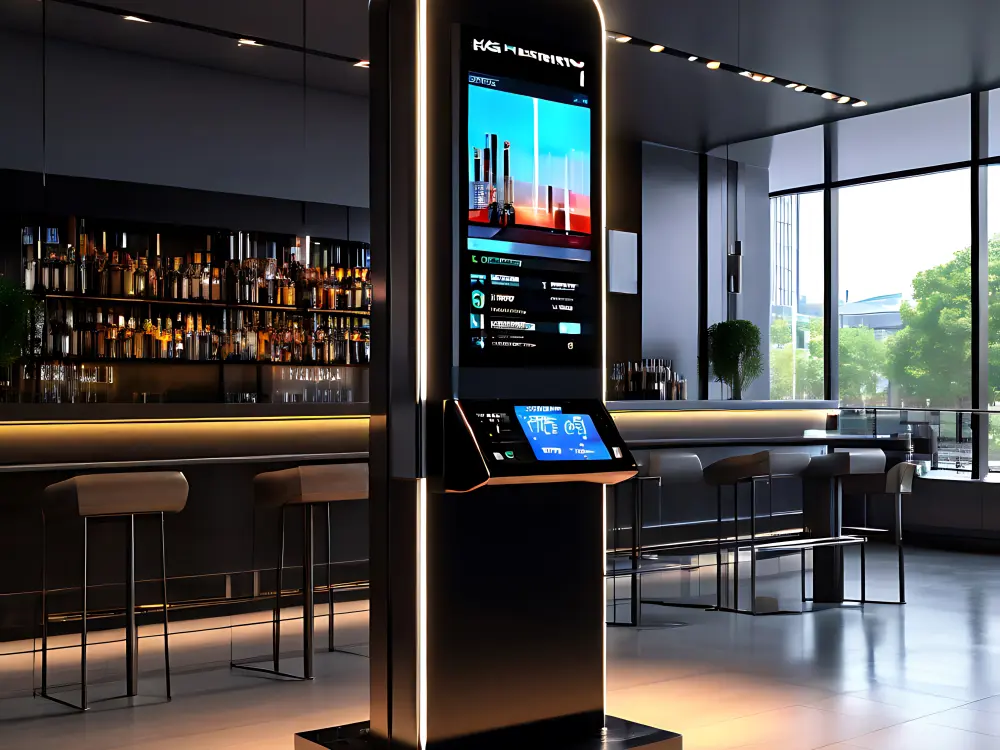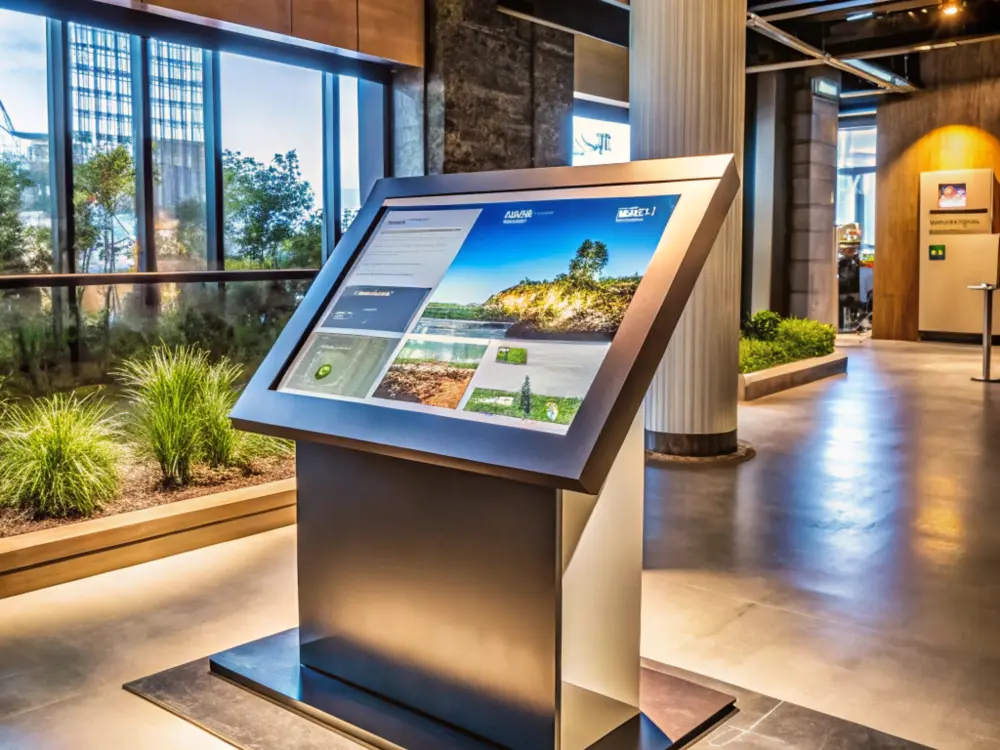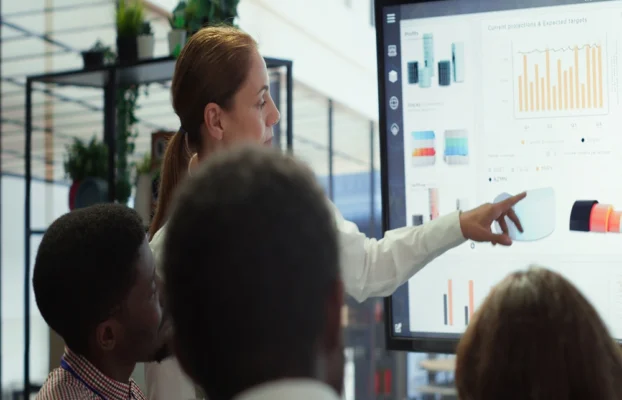Signage is one of the most effective ways to communicate with your audience and boost brand recognition. Businesses have traditionally relied on physical digital signage like banners, posters, and billboards to attract customers. However, with advancements in technology, modern electronic displays have become a game-changer, offering greater flexibility and engagement.
For over a decade, Israk Solutions has been helping businesses upgrade to advanced display systems that go beyond traditional options. In this blog, we’ll explore the differences between traditional and digital options to help you make an informed choice for your business.
What is Traditional Signage?
Traditional signage includes printed materials such as banners, posters, or billboards used to share information. These are cost-effective and straightforward, often suitable for small businesses or short-term promotions. However, they come with limitations. Once created, the content cannot be updated without reprinting, which adds to long-term costs. They also lack the dynamic appeal that engages today’s fast-moving audiences.What is Digital Signage?
Digital signage refers to electronic displays like LED screens, video walls, or touch-enabled kiosks that present multimedia content. These systems allow businesses to update information instantly and showcase engaging visuals such as videos or animations. Solutions from providers like Israk Solutions allow businesses to control content remotely, ensuring consistency and relevance across multiple locations. They are especially effective in high-traffic environments, such as retail stores, transit hubs, and corporate offices.Key Comparisons Between Traditional and Digital Signage
1. Cost Over Time
- Traditional Signage: Although affordable upfront, the need for frequent updates adds to printing and labor costs.
- Digital Signage: While the initial investment is higher, the ability to update content remotely eliminates recurring expenses, making it more cost-effective in the long run.
2. Flexibility of Content
- Traditional Signage: Static content is fixed and cannot adapt to changing campaigns or promotions.
- Digital Signage: Offers real-time content updates, allowing businesses to stay relevant and tailor messages for specific audiences.
3. Visual Impact
- Traditional Signage: Relies on still images and text, which may not stand out in crowded spaces.
- Digital Signage: Engages audiences with vibrant visuals, animations, and videos that capture attention.
4. Environmental Considerations
- Traditional Signage: Uses paper and plastic, leading to higher environmental impact due to waste.
- Digital Signage: Reduces waste by relying on reusable displays, aligning with sustainability initiatives.
5. Maintenance and Longevity
- Traditional Signage: Prone to wear and tear, requiring frequent replacements.
- Digital Signage: Built to last with durable materials and weather-resistant options, especially when installed by experts like Israk Solutions.
Who Benefits Most from Digital Signage?
Industries like retail, healthcare, and hospitality gain significant advantages from using dynamic display systems:- Retail: Showcase promotions and attract foot traffic with high-impact visuals.
- Healthcare: Share health information, patient updates, or campaigns in real-time.
- Hospitality: Enhance guest experiences with interactive directories and event announcements.
Why Digital Signage is the Better Choice
Digital signage stands out for its adaptability, long-term savings, and ability to engage modern audiences. Whether you’re a small business or a large corporation, investing in digital displays can boost your brand visibility and deliver measurable results. With Israk Solutions, you gain access to advanced features such as:- Cloud-Based Management: Update and control content remotely.
- High-Impact Visuals: Leverage videos, animations, and interactive elements.
- Sustainability: Achieve your eco-friendly goals with reusable solutions.









